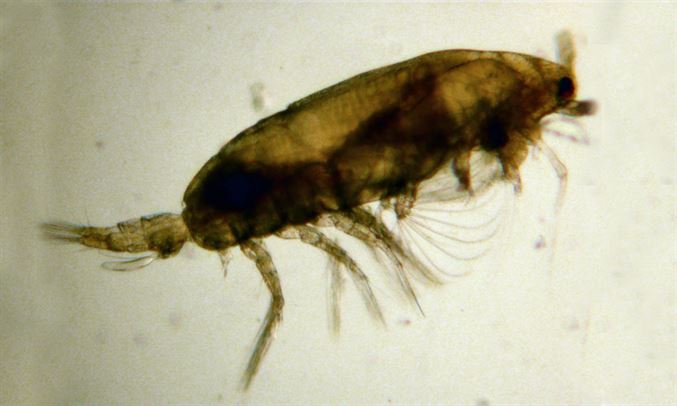These copepods are relatively small crustaceans, ranging in size from 0.5 mm to 1.5 mm. They possess translucent, bilaterally symmetrical bodies, which can be distinguished from closely related species by several key features. Notably, they have long first antennae, which extend to at least half the length of their bodies, and their second antennae are biramous, meaning they are branched. Additionally, there is a noticeable joint between their fifth and sixth body segments. These copepods lack a protective carapace and exhibit a body divided into three main segments: the prosome (containing the head and sensory organs), the metasome (housing their legs and swimmerets), and the urosome, which houses their sexual organs.
For feeding, these copepods utilize a pair of maxillipeds to chew their food. When it comes to sexual dimorphism, females are typically slightly larger than males. Females have longer and straighter antennae, while males’ antennae are curved at the tips, which they use for grasping females during reproduction. Additional differences can be observed in the morphology of their urosomes and swimmerets (pleopods). Male urosomes consist of five somites, whereas females have only four. Female swimmerets are modified for egg brooding and tend to be thicker and more filamentous compared to the more streamlined male swimmerets.
